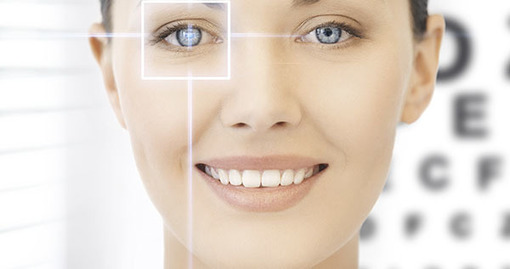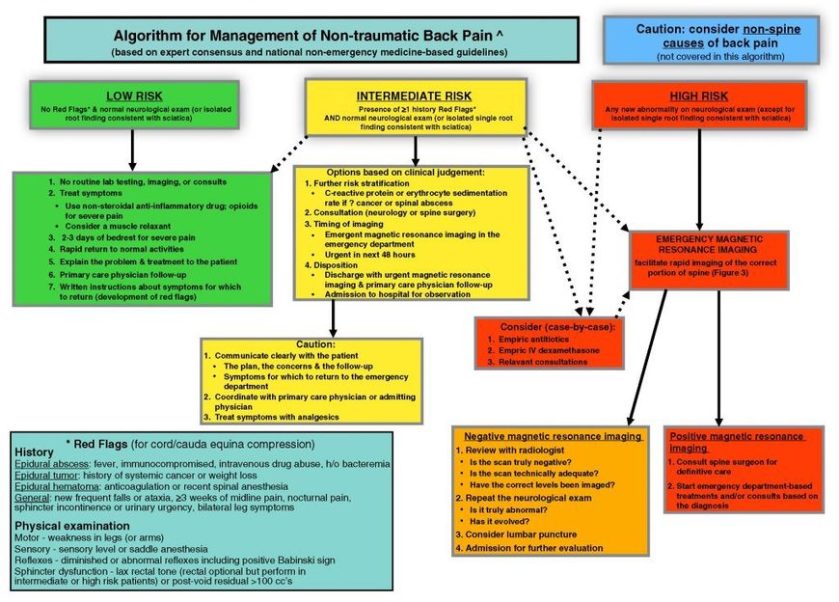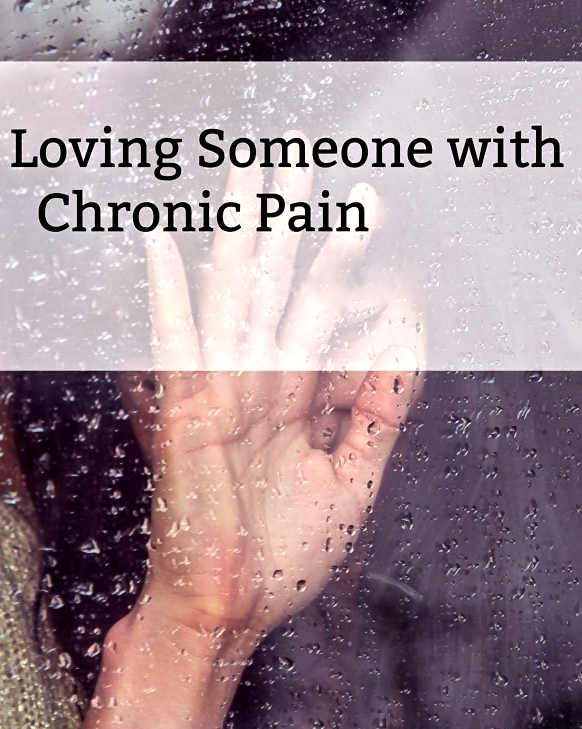I’m closing this blog “Lady with the Migraine” and merging with my other blog “Living in Stigma“.
My “Living in Stigma” blog was started in 2007 mainly to promote mental illness stigma. I wanted to launch a separate blog “Lady with Migraine” that would connect people with chronic pain due to invisible illnesses.
I struggle with both mental illness and chronic migraines, and with news articles, social media, research and my valued readers sharing comments and opinions on this blog and Twitter, it’s a reality that invisible illnesses such as fibromyalgia, lupus, headaches, Lyme disease, recurring back and leg pain, and so many more are also a vast portion of invisible illness stigma.
There appears to be a link, in numerous situations, where people are also experiencing chronic pain, as well as, depression, anxiety, stress, insomnia, a connection to PTSD or feelings of suicide. We sit in isolation, put on a fake smile, and feel as if we are a burden.
WordPress will be transferring all of my followers from this blog to “Living in Stigma“. I hope you remain a follower, you will be delighted with the enormous content on my other blog.
Thanks so much for supporting me and I welcome you over there.
Cheers!
Deb McCarthy
Living in Stigma (where 444,000 people have stopped by)











































You must be logged in to post a comment.